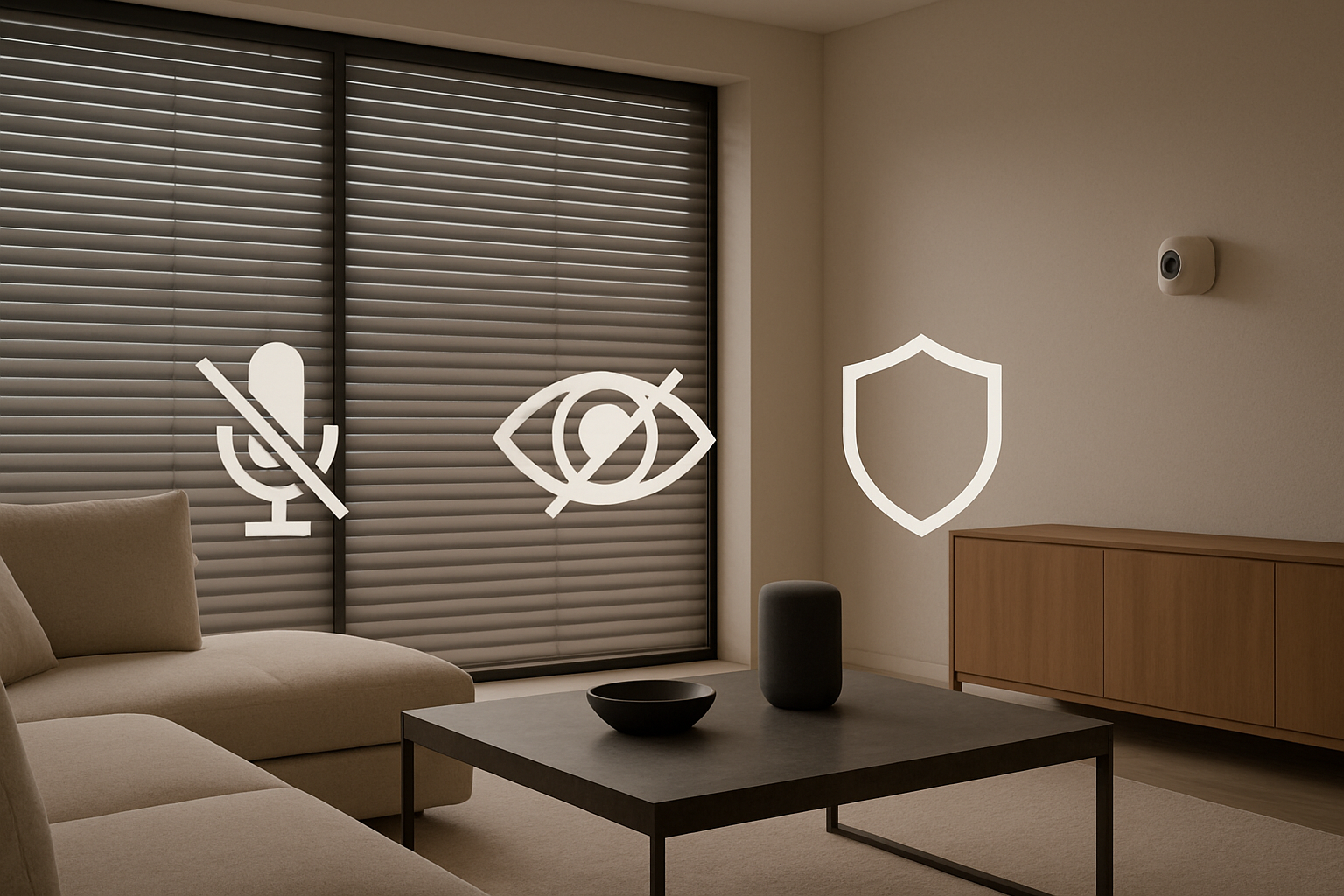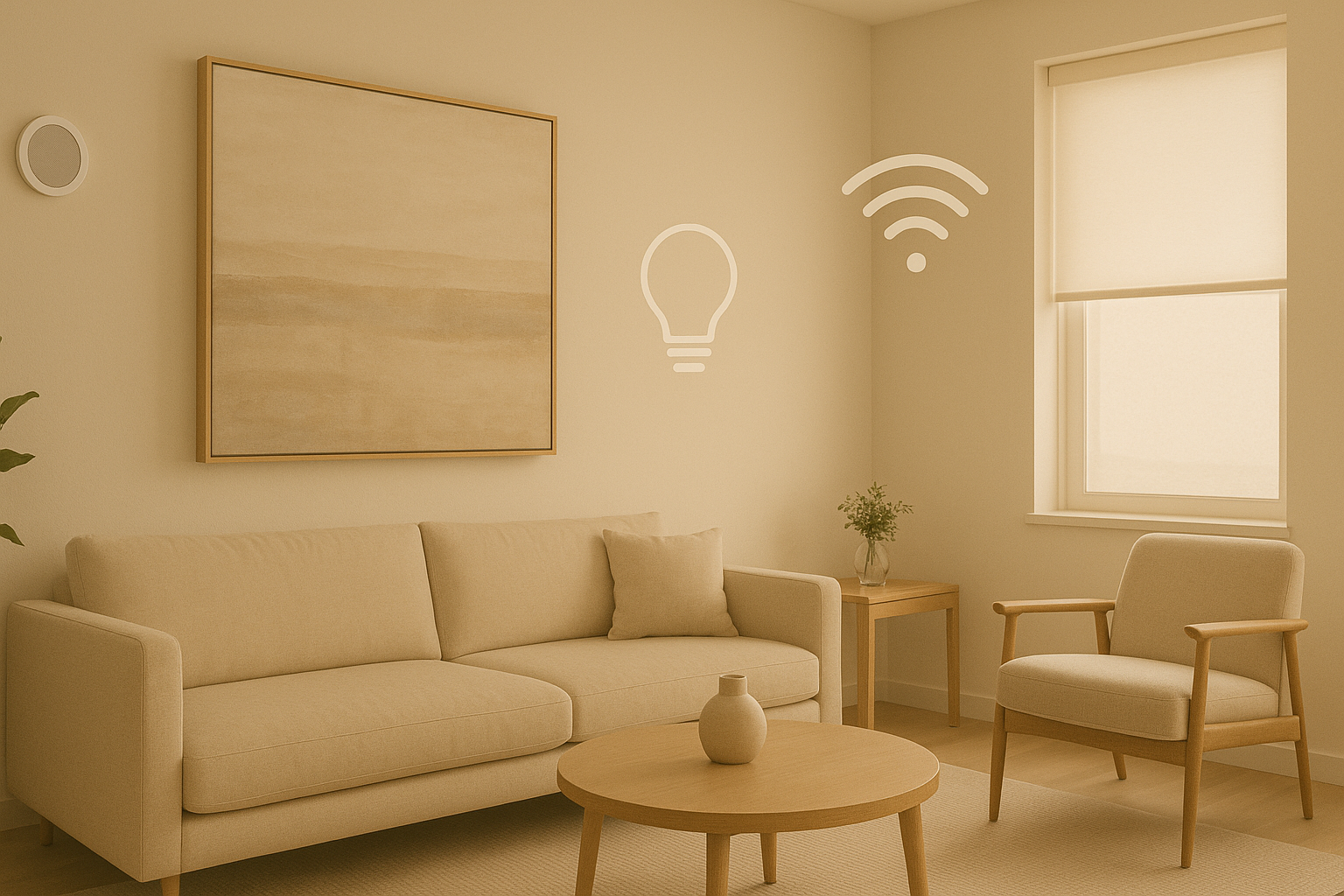Are you looking for ways to make your home smarter and more efficient? If so, cameras for home automation may be just what you need. With the ability to turn on lighting and act as motion sensors, cameras can enhance your home’s security and improve your daily life. They can be used for security, monitoring, and even entertainment.
Types of Cameras for Home Automation
There are many different types of cameras that can be used for home automation. Some of the most popular types include:
- Cameras can be used to turn on lighting and act as motion sensors. This can be a great way to save energy and improve security. For example, you can set up your camera to turn on the lights when it detects motion, so you’ll never have to worry about coming home to a dark house again. Or, you can use your camera to monitor your home for break-ins or other suspicious activity.
- Cameras can be used to monitor your home for things like leaks, smoke, or carbon monoxide. This can help you to prevent accidents and keep your family safe. For example, you can set up your camera to send you an alert if it detects a leak in your basement. Or, you can use your camera to monitor your home for smoke or carbon monoxide levels.
- Cameras can be used to monitor your pets or elderly loved ones. This can give you peace of mind knowing that your loved ones are safe and sound. For example, you can use your camera to check in on your pet while you’re at work. Or, you can use your camera to monitor your elderly parent who lives alone.
- Cameras can be used to entertain you. You can use your camera to watch your favorite shows or movies, or to keep an eye on your kids while they are playing. For example, you can set up your camera to stream live video to your TV so you can watch your favorite show while you’re cooking dinner. Or, you can use your camera to keep an eye on your kids while they are playing in the backyard.
- These cameras are mounted on your front door and allow you to see who is at your door without having to get up. They often have features like two-way audio and the ability to send notifications to your phone.
Benefits of Using Cameras for Home Automation
There are many benefits to using cameras for home automation. Some of the most common benefits include:
- Security: Cameras can deter crime and protect your home. They can also be used to monitor your home when you are away and to alert you to any suspicious activity.
- Peace of mind: Cameras can give you peace of mind knowing that your home is secure and that you can keep an eye on your loved ones.
- Convenience: Cameras can be used to control your home’s devices and systems. This can save you time and energy.
- Entertainment: Cameras can be used to entertain you. You can use them to watch your favorite shows or movies, or to keep an eye on your kids while they are playing.
How to Choose the Right Cameras for Home Automation
When choosing cameras for home automation, there are a few things you need to consider:
- Your needs: What do you need the cameras for? Are you looking for security, monitoring, or entertainment?
- Your budget: How much are you willing to spend on cameras?
- Your home: What type of home do you have? Do you have a large home or a small apartment?
- Your lifestyle: What is your lifestyle? Do you travel often or are you always home?
Once you have considered these factors, you can start shopping for cameras. There are many different brands and models of cameras available, so you should be able to find the perfect ones for your needs.
Brands to Consider
When it comes to camera solutions for home automation, there are a lot of brands to choose from. Two of the most popular brands are Axis and Hanwha. Both offer a wide range of cameras that can be used for home automation, with features like high-definition video and night vision.
- Axis: Axis is a Swedish company that makes high-quality security cameras. Axis is a well-known brand in the security camera industry, with a reputation for high-quality cameras that are built to last. They offer a range of cameras that can be used for home automation, including indoor and outdoor models with features like motion detection and remote access.
- Hanwha: Hanwha is a Korean company that makes a variety of security products, including cameras. Hanwha is another popular brand in the security camera industry, with a range of cameras that are designed for both home and business use. They offer a variety of cameras that can be used for home automation, including indoor and outdoor models with features like night vision and motion detection.
IO on cameras to turn on lighting instead of a motion detector
One of the best ways to enhance your home automation system is to use IO on cameras. This allows you to trigger other devices, such as lighting or alarms, based on activity detected by the camera. For example, you could set up a camera at your front door that triggers your lights to turn on when someone approaches.
- IO stands for input/output. It refers to the ability of a device to send and receive signals. In the context of home automation, IO is used to control devices and systems based on activity detected by cameras.
- IO can be used to trigger a variety of devices and systems, including lights, alarms, locks, and thermostats.
- IO can be used to automate a variety of tasks, such as turning on lights when someone enters a room, locking doors when someone leaves the house, and turning down the thermostat when no one is home.
- IO can be used to improve security by making it more difficult for intruders to break into your home. For example, you could set up your camera to trigger an alarm if it detects motion in your home when you’re not there.
- IO can be used to make your life more convenient by automating tasks that you would otherwise have to do manually. For example, you could set up your camera to turn on the lights when you come home, so you don’t have to fumble for your keys in the dark.
If you’re interested in using IO on cameras to enhance your home automation system, there are a few things you need to do. First, you need to make sure that your cameras have IO capability. Second, you need to connect your cameras to a home automation system. Third, you need to create rules that will tell your home automation system what to do when certain events are detected by your cameras.
Creating rules is a relatively simple process. Most home automation systems have a rule builder that will walk you through the process. Once you’ve created your rules, you can sit back and enjoy the benefits of a more automated and secure home.
Using Cameras as Motion Sensors
Another way to use cameras for home automation is to use them as motion sensors. Many modern cameras have built-in motion detection capabilities, which can be used to trigger other devices or actions. For example, you could set up a camera in your living room that triggers your air conditioning to turn on when someone enters the room.
- Motion sensors are devices that detect movement. They are often used in security systems to detect intruders. However, they can also be used in home automation systems to trigger other devices or actions.
- Cameras can be used as motion sensors because they can detect movement. When a camera detects movement, it can send a signal to a home automation system, which can then trigger other devices or actions.
- There are many different ways to use cameras as motion sensors. Some common examples include:
- Triggering lights to turn on when someone enters a room.
- Triggering an alarm when someone enters a room without authorization.
- Recording video of activity in a room.
- Sending alerts to a smartphone when someone enters a room.
- Using cameras as motion sensors can be a great way to improve the security and efficiency of your home automation system. It can also help you to save energy by automating tasks such as turning on lights when someone enters a room.
If you’re interested in using cameras as motion sensors, there are a few things you need to do. First, you need to make sure that your cameras have motion detection capabilities. Second, you need to connect your cameras to a home automation system. Third, you need to create rules that will tell your home automation system what to do when certain events are detected by your cameras.
Creating rules is a relatively simple process. Most home automation systems have a rule builder that will walk you through the process. Once you’ve created your rules, you can sit back and enjoy the benefits of a more secure and efficient home.
Here are some additional tips for using cameras as motion sensors:
- Make sure that your cameras are placed in strategic locations. You want to make sure that they can detect movement in all of the areas that you want to monitor.
- Consider using multiple cameras. This will give you a more complete picture of what is happening in your home.
- Use high-quality cameras. This will ensure that you get clear images of any activity that is detected.
- Test your system regularly. Make sure that your cameras are working properly and that your rules are set up correctly.
Using cameras as motion sensors can be a great option for homeowners who want to make their home automation system more intelligent and efficient. It allows you to automate tasks and reduce the amount of manual effort needed to control your home’s devices.
Conclusion
Cameras for home automation are a great way to enhance your home’s security and make your daily life more convenient. Whether you choose to use IO on cameras to turn on lighting, use cameras as motion sensors, or choose from brands like Axis and Hanwha, there are plenty of options available to suit your needs. Plus, with the ability to automate tasks and reduce the amount of manual effort needed to control your home’s devices, you can create a truly intelligent and efficient home automation system that will make your life easier and more enjoyable.


